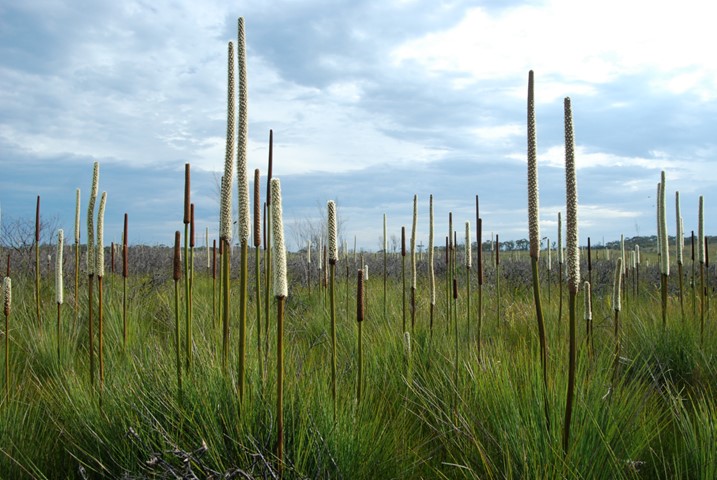Restricting longwall mining in Sydney’s drinking water catchment will protect vital upland swamps
UNSW researchers have provided supporting evidence for the NSW Independent Planning Commission’s decision to refuse an extension to an underground coal mine in the Illawarra region.

